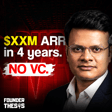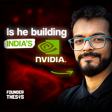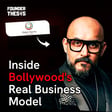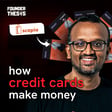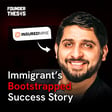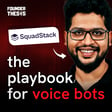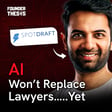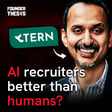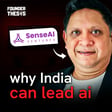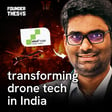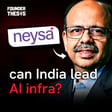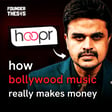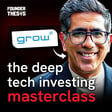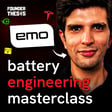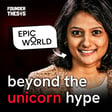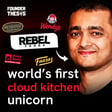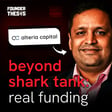
Never Quit | Ankit Prasad @ Bobble.ai
Ever heard of the Japanese proverb, “Fall seven times, stand up eight.” That’s exactly the premise of the story of our guest on this episode of the Founder Thesis podcast.
In a candid conversation with Akshay Datt, Ankit Prasad, Founder, and CEO, Bobble AI, has shared interesting anecdotes about his early days and the journey of Bobble.
As he says, “Entrepreneurship ka keeda bachpan se he tha!”, Ankit started his first venture when he was in Standard 10th. He soon realized that the mobile space is growing exponentially and in 2015 he founded Bobble AI, an app that enabled users to turn their selfies into caricature stickers. Today, it has transitioned into a comprehensive camera, content, and keyboard app that not only lets users personalize their communication in 22 Indian languages but can also predict their actions with the help of AI.
Tune in to this episode to hear Ankit speak about how Bobble AI challenged the well-established keyboard apps by Google and Microsoft with technology-led innovations.
Key takeaways!
- Resilience is the key to success.
- Behavioral shift to non-text and personalized communication.
- How to scale up a B2B2C business?
- Plans for global expansion.
